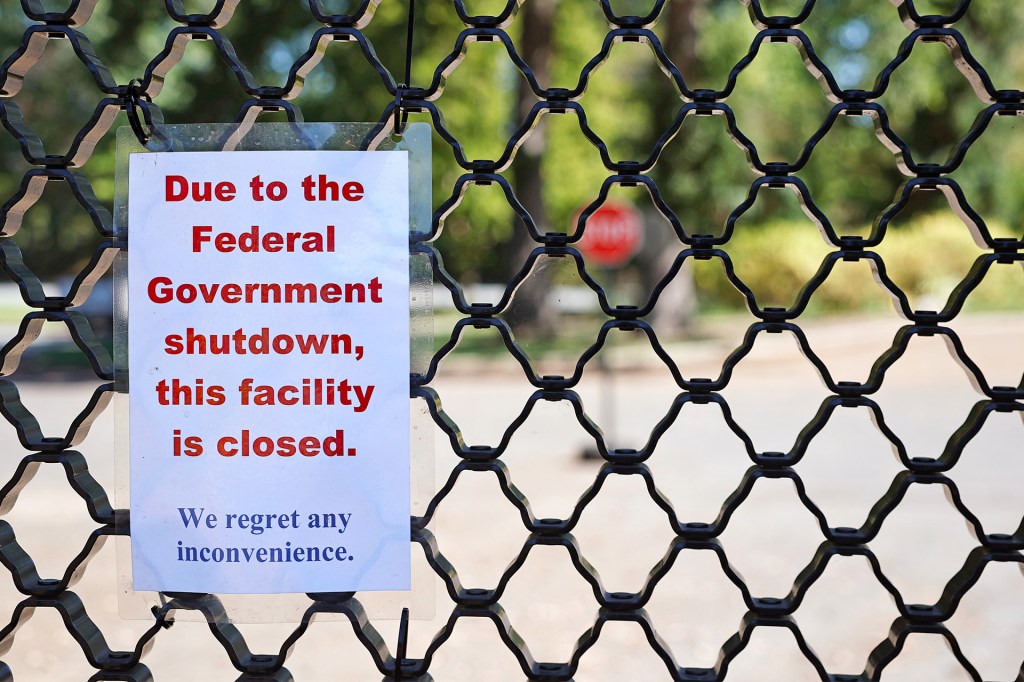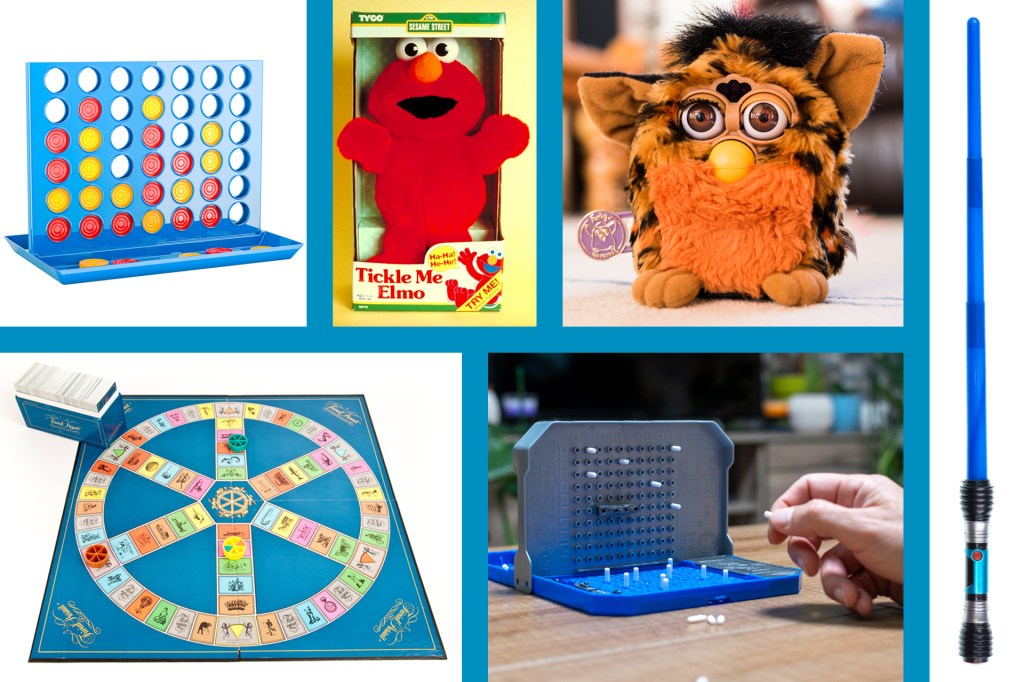Taking Flight
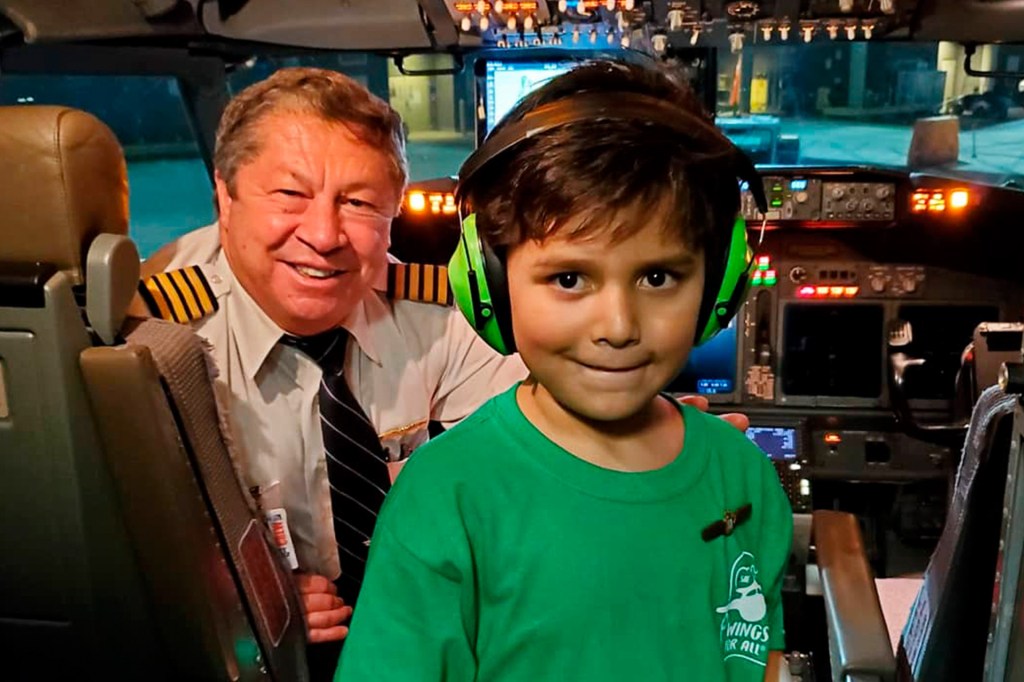
Busy airports. Loud planes. For some people, such as those with intellectual and developmental disabilities, air travel can be hard. The Arc is an organization that supports people with disabilities disability a physical or mental condition that can affect a person’s actions, language, or learning (noun) . It has found a way to help.
The Arc partners with airports nationwide to host a program. The program is called Wings for Autism. It allows kids with disabilities to practice every step of air travel.
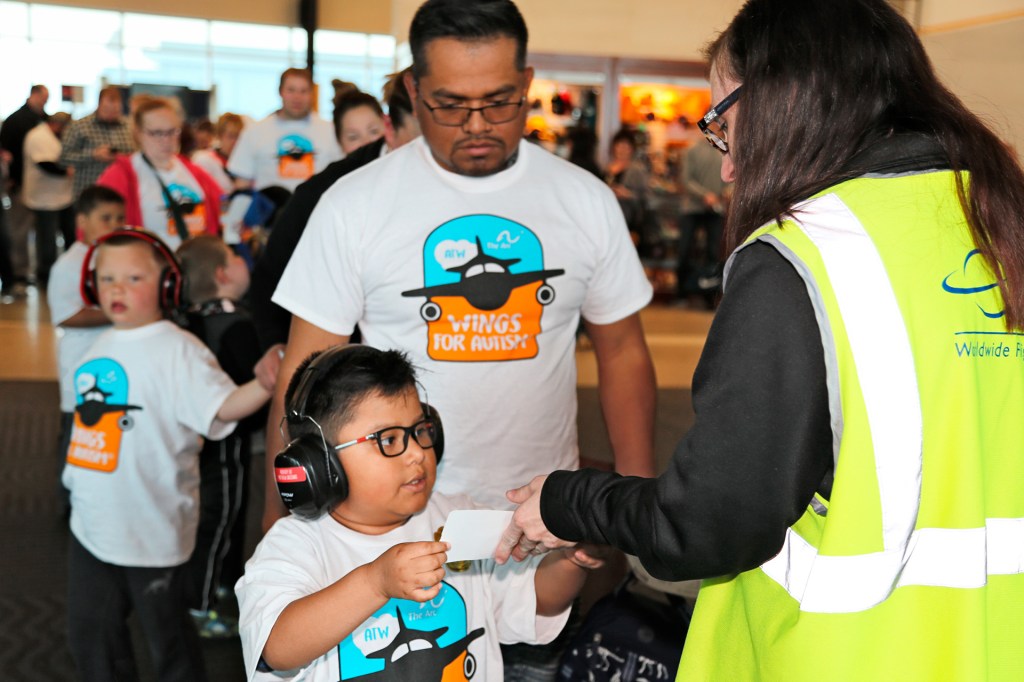
ALL ABOARD! Families present their boarding passes to an airline employee at a 2019 Wings for Autism event at Appleton International Airport, in Wisconsin.
COURTESY THE ARC
The Arc’s director of special projects is Kerry Mauger. She says the idea for Wings for Autism came about in 2011. That year, a family had a difficult airport experience. They had planned a vacation. But the airport proved too stressful for one of the children, who is autistic. Mauger says the family “went home and thought, ‘There have to be other families out there that are having the same experiences.’”
They were right. The Arc now holds between 20 and 25 Wings for Autism events each year. More than 31,000 people in 34 states have taken part.
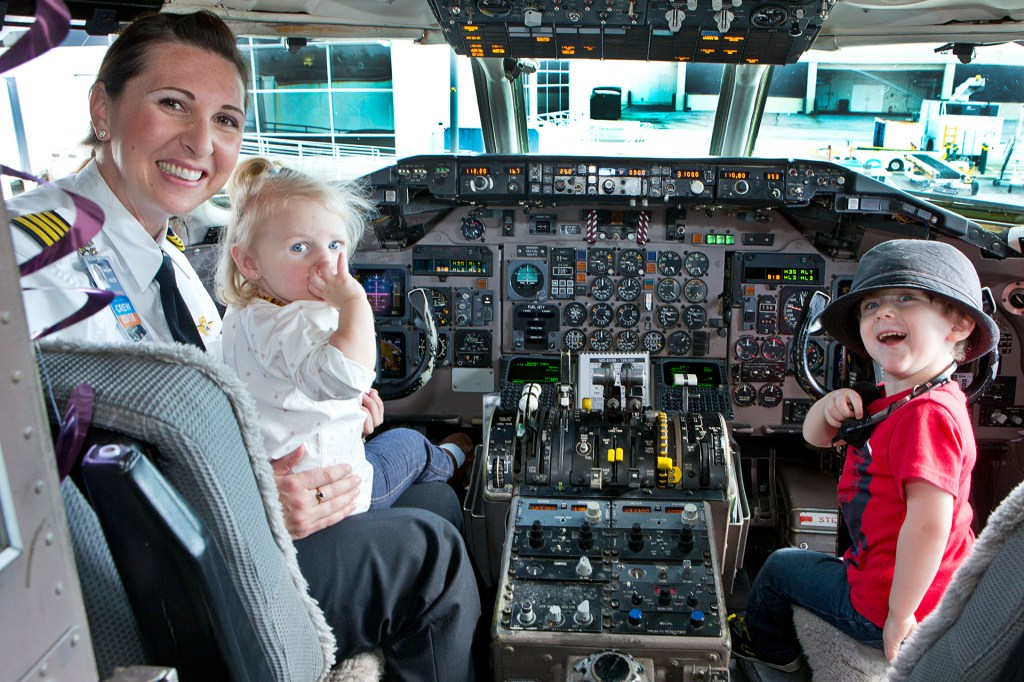
PILOT SEATS Kids explore the cockpit at an Asheville Regional Airport event, in North Carolina.
COURTESY THE ARC
Practice Run
Wings for Autism events cover “all the steps involved in the airport process,” Mauger says. These include checking in and going through security. Participants then get to board a plane. (It doesn’t take off. But it may taxi on the runway at some events.)
“We want [families] to play with the tray tables, open the shades,” Mauger says. Guests can even see the cockpit and flight-attendant areas. They are invited to ask questions. Airport staff ask the families questions, too. “We also want it to be a learning experience for the airport, airline, and TSA TSA Transportation Security Administration, or airport security (noun) staff,” Mauger says.
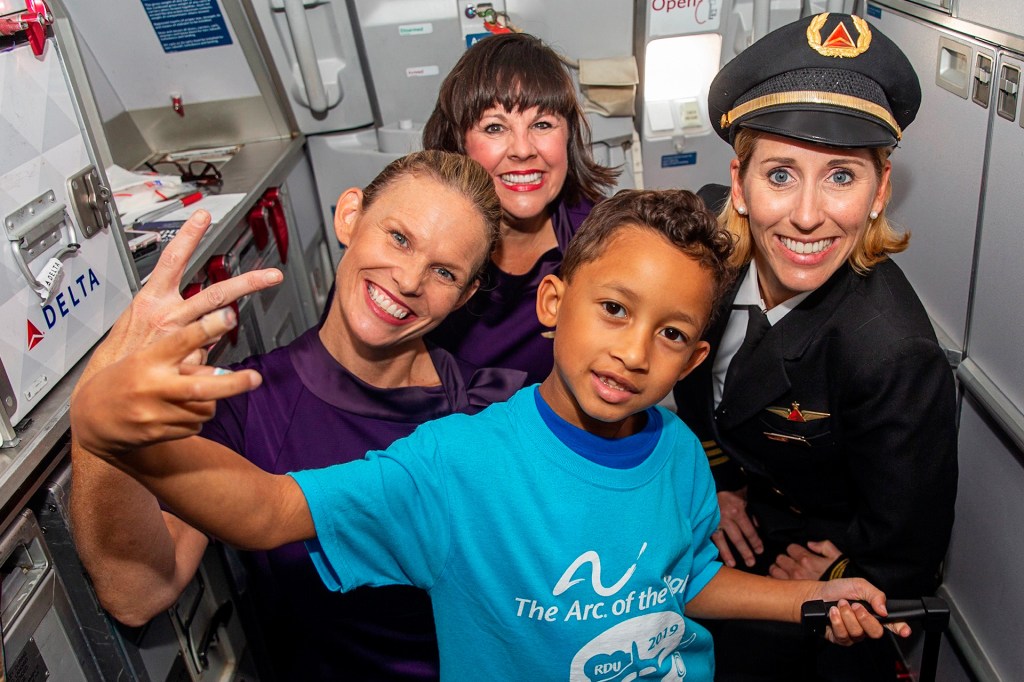
FRIENDLY FLYERS A Wings for Autism participant meets the flight crew after boarding a plane.
COURTESY THE ARC
Guests may get a lanyard with a sunflower pattern (see “Symbolic Sunflowers”). They can wear it to signal that they may need extra help.
Air Travel for Everyone
The Arc has chapters around the United States. Some chapters use the event name Wings for All. That’s because the program is meant for anyone who needs support during travel. “It’s open to people with any type of disability,” Mauger says.
It’s also open to people of all ages. Leah Marvin is 27 years old. She went to a 2024 Wings for All event at Syracuse Hancock International Airport, in New York. Marvin has intellectual and developmental disabilities. She had never been on a plane. But her family planned to fly to Virginia. They wanted to attend her grandmother’s birthday party. Marvin’s mom wanted to make sure her daughter was prepared.
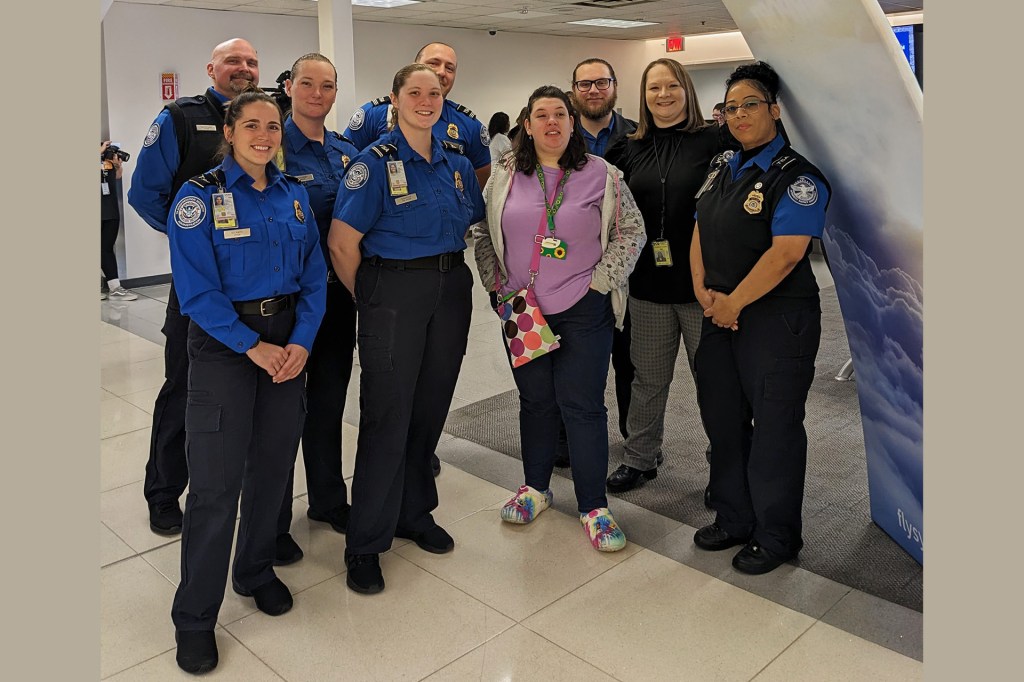
CHECKING IN Leah Marvin greets staff at a 2024 event at Syracuse Hancock International Airport, in New York.
COURTESY PATTI MARVIN“We had the best experience” at the event, Patti Marvin told TFK. A month later, the family flew to Virginia. “My daughter was so excited,” Patti Marvin says. “She wore her Wings for All T-shirt.”
Symbolic Sunflowers
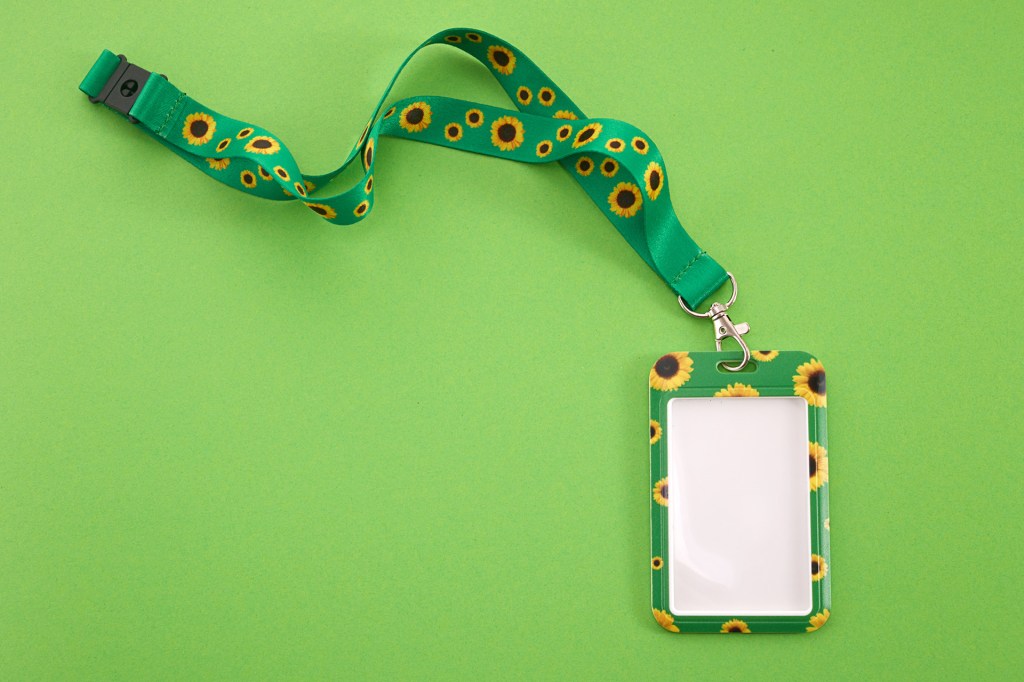
Yellow-and-green lanyards are a common sight at Wings for Autism events. They feature the Hidden Disabilities Sunflower. It’s a global symbol for disabilities that might not be apparent. People wear these lanyards to indicate that they need additional help or time while traveling.
The lanyards were first used in 2016, at the United Kingdom’s Gatwick Airport. Today, they are recognized in more than 325 airports all over the world.





